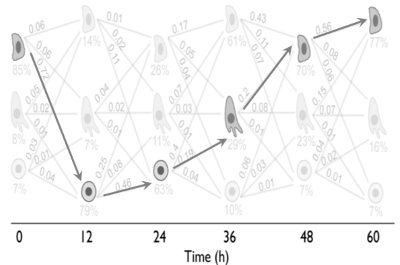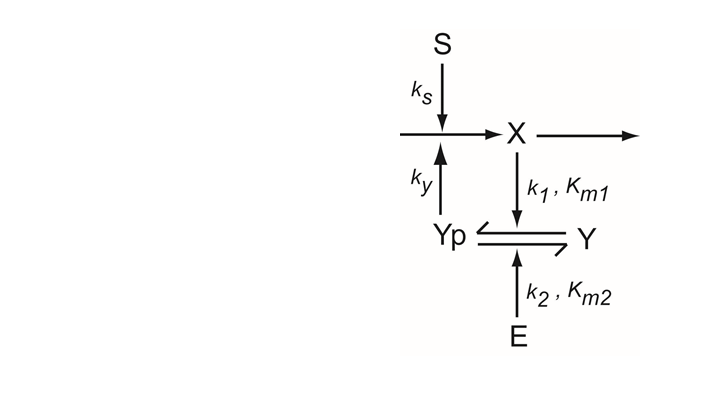Design Principles in Biology
There is nothing simple about Life. There is nothing special about Life either. The laws of nature that control inanimate objects are equally applicable to the living. But then how does the ‘Life’ emerge from the non-living? Why don’t the non-living act like the living? We believe the answers to these questions lie in the interconnected dynamic processes in a living system, either inside a cell or in an individual or among the organisms. We also believe certain universal rules control these dynamic processes. Those rules are the design principles of Life. So, we borrow ideas from Physics and Engineering and attempt to understand the Living using mathematical models.
Current Research
Collective behavior
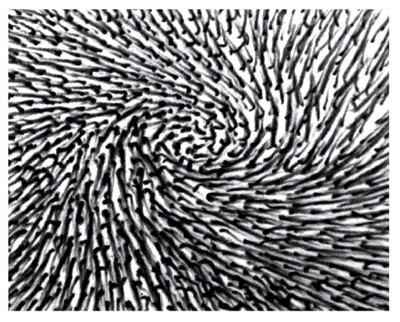 We often imagine a cell as an individual, working alone to meet its needs.
However, in reality, cells in a multicellular organism live as a community.
Even many single-cell microorganisms live in a group. In a community, cells interact with each other,
share resources, and perform shared tasks. Interactions among cells lead to the emergence of collective
behaviors and critical phenomena. Just like cells, collective behavior can also be seen among a group of
animals, like in a flock of birds or a colony of bees. Statistical physics is useful to understand interacting
systems, living, or non-living. We are using statistical physics to study emergent phenomena in an ensemble of
interacting cells. For example, we use a spin-based model, like the Ising model of magnetism, to understand
synchronized alignment and polarization of epithelial cells. Read more on this work:
We often imagine a cell as an individual, working alone to meet its needs.
However, in reality, cells in a multicellular organism live as a community.
Even many single-cell microorganisms live in a group. In a community, cells interact with each other,
share resources, and perform shared tasks. Interactions among cells lead to the emergence of collective
behaviors and critical phenomena. Just like cells, collective behavior can also be seen among a group of
animals, like in a flock of birds or a colony of bees. Statistical physics is useful to understand interacting
systems, living, or non-living. We are using statistical physics to study emergent phenomena in an ensemble of
interacting cells. For example, we use a spin-based model, like the Ising model of magnetism, to understand
synchronized alignment and polarization of epithelial cells. Read more on this work:
Image: Alignment of hairs on the paw of a mouse (PMID:17259302)
Dynamical Systems
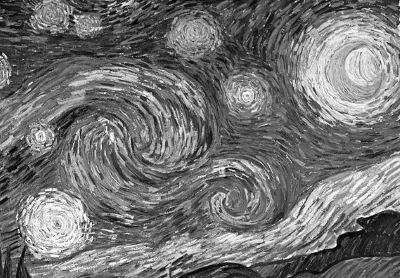 Every biological system is dynamical. Inside a cell, the number of molecules changes with time. With time, a cell itself can change its properties and metamorphose into another cell type. Even the interactions between multiple cells also change with time. In our lab, we investigate dynamics of various biological systems using concepts of dynamical systems theory and statistical physics. One such area of our work is to understand the mechanism by which molecular signaling pathways encode and decode information. You may read our work on signal discrimination in a pathway here in this article .
We are also interested in the dynamics in gene expression, cell death, and cellular differentiation. In a work on Epithelial to Mesenchymal Transition, we have developed methods to decipher the trajectory of cellular state transition and have proposed a new model to represent the dynamics of phenotypic state transition. You may read more about this work in these articles
Every biological system is dynamical. Inside a cell, the number of molecules changes with time. With time, a cell itself can change its properties and metamorphose into another cell type. Even the interactions between multiple cells also change with time. In our lab, we investigate dynamics of various biological systems using concepts of dynamical systems theory and statistical physics. One such area of our work is to understand the mechanism by which molecular signaling pathways encode and decode information. You may read our work on signal discrimination in a pathway here in this article .
We are also interested in the dynamics in gene expression, cell death, and cellular differentiation. In a work on Epithelial to Mesenchymal Transition, we have developed methods to decipher the trajectory of cellular state transition and have proposed a new model to represent the dynamics of phenotypic state transition. You may read more about this work in these articles
Image: The brush strokes in The Starry Night by Vincent van Gogh is like trajectories on a phase plane of a dynamic system (image source:Wikipedia)


Software
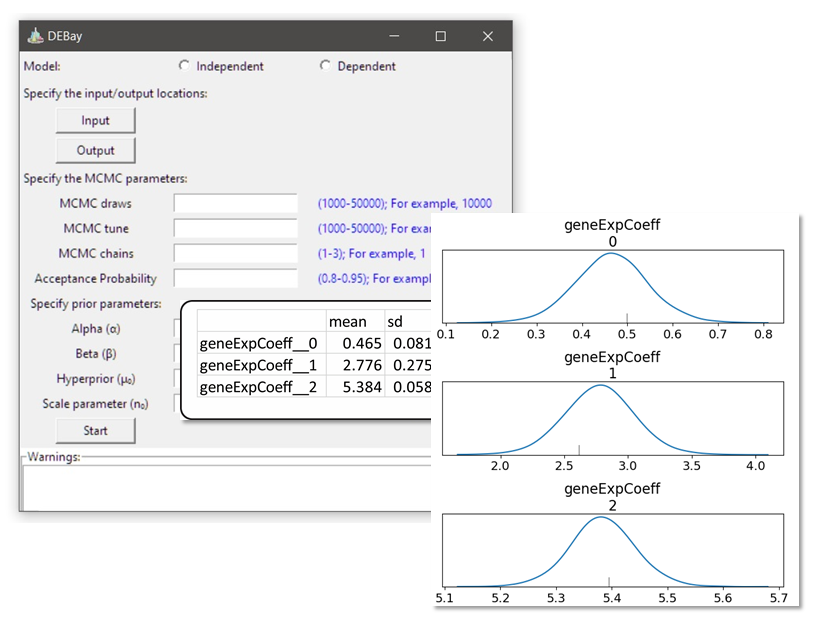
The python packages used in DEBay uses C libraries for faster computation. Therefore, a GCC would help to improve the performance of DEBay but it is not mandatory. MinGW, a complete run time environment for GCC for Windows is available
Citation information: Devaraj V., and Bose B. DEBay: A computational tool for deconvolution of quantitative PCR data for estimation of cell type-specific gene expression in a mixed population. Heliyon, 2020, 6(7), e04489.
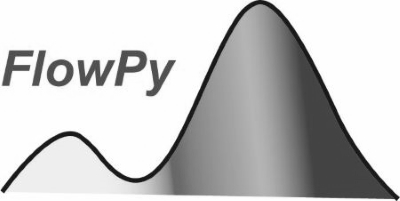
Citation information: Please cite FlowPy in publication as 'FlowPy (http://flowpy.wikidot.com)'
Credit: Soumitra Saxena, M. V. Seetha Rama Sastry, Revanth Sai Kumar, Tejas Mehta, Biplab Bose, Department of Biosciences and Bioengineering, Indian Institute of Technology Guwahati, India
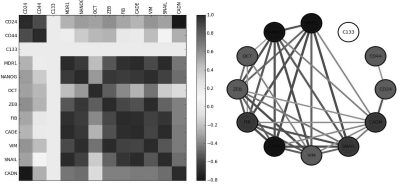
Credit: Abhigyan Khaund, Biplab Bose, Department of Biosciences and Bioengineering, Indian Institute of Technology Guwahati, India
Citation information: Please cite CorNetMap as: A. Khaund, B. Bose, CorNetMap (sourceforge.net/projects/cornetmap)
Online Courses
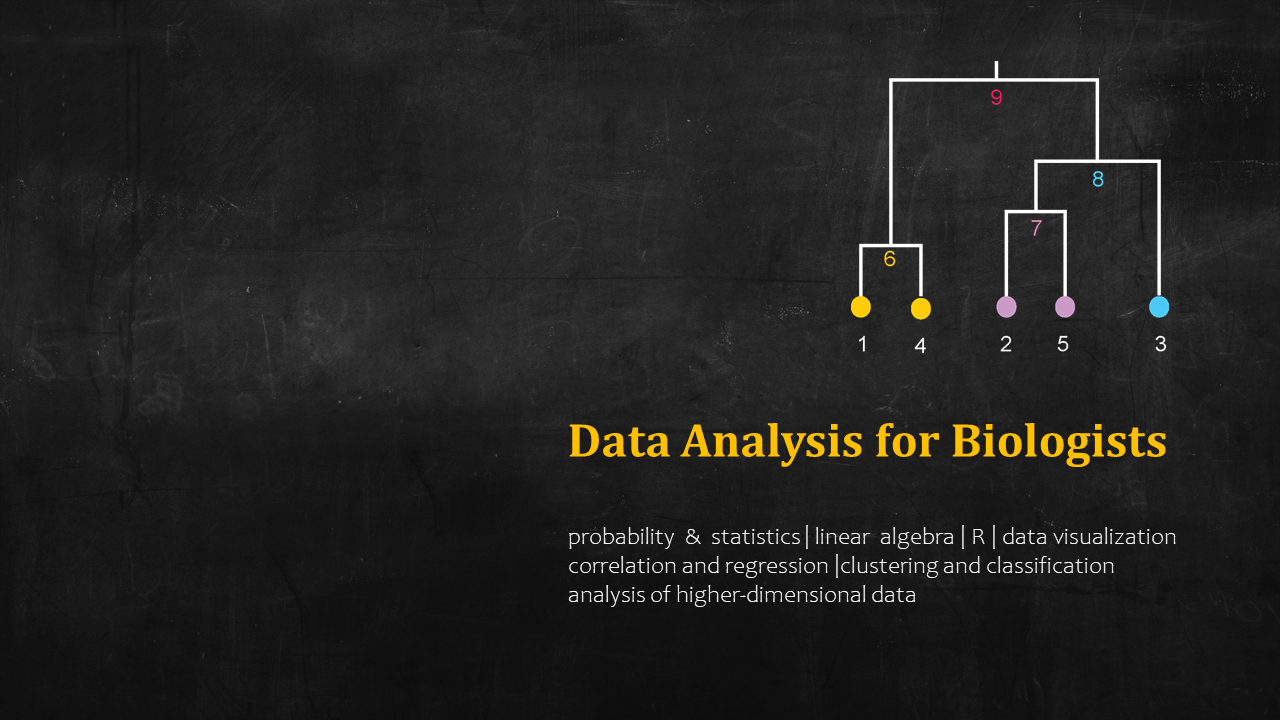
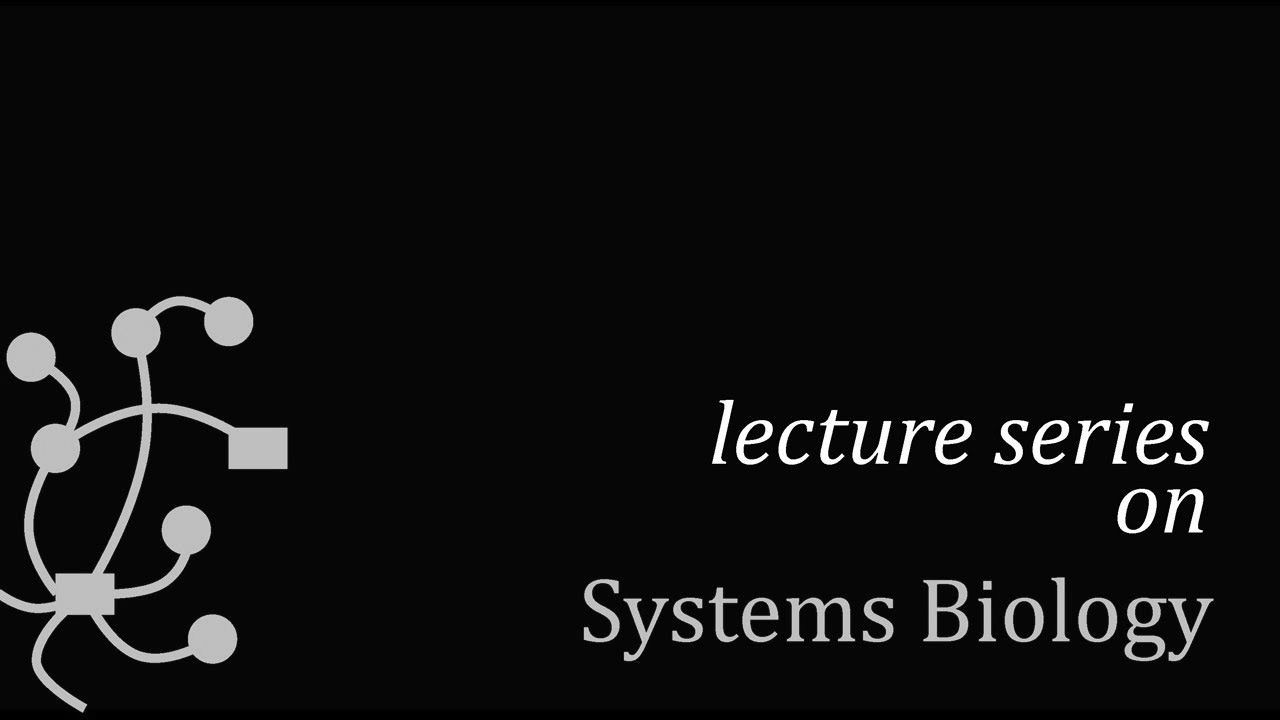
People

My primary interest is understanding Biology through Mathematics and Physics. I enjoy debugging codes, scribbling equations, and manipulating cells to disclose their secrets.
Apart from musing over science, I am a cycloholic and enjoy long-distance cycling . I have interests in wildlife and maintain a record on birds at IIT Guwahati .
Current members of our lab:
Ph. D student: Shreeman.
M. Tech student: Shashidhar.
B. Tech students: Aarohan.
Former members of our lab:
Ph. D students: Vimalathithan, Poulami, Namami, Mahesh, Pojul, Ashok, and Asim.
M. Tech students: Latisha, Nandhakumar, Samruddhi, Gaurav, Kamleswar, Kaushalesh, Somya, Priya, Ritika and Sahil.
B. Tech students: Shikhar, Aarij, Akash, Tahir, Himakar, Param, Vishwas, Divyanshu, Mayur, M.V.S.R. Sastry, Roxy, T.V. Revanth Sai Kumar, Digvijay, Siddharth, M.S. Sudarsan, Tejas, K. Venu, Gaurav.
For students
If you are interested in working at the interface of Mathematics, Physics, and Biology, you are welcome to join our lab. Currently, we are working on mathematical/computational problems in self-organization (like - cell sorting) and dynamical systems (like -dynamics of molecular networks and cellular processes). You may join as a Ph. D student/ M. Tech student / B. Tech student .
For Ph. D students: We use mathematical models in our works. You should be comfortable with Mathematics and Computer Programming. It helps if you have studied Biology, but that’s not essential. We encourage students from Physics, Mathematics, and different branches of Engineering to work with us.
Students are admitted in the Ph. D program at IIT Guwahati twice a year. Check the admission portal of IIT Guwahati for further details
For M. Tech. students: If you are an M. Tech student in our department, you may join us for your M. Tech. project. You should be comfortable with Mathematics and Computer Programming.
(I supervise only the students of IIT Guwahati. If you are a student from another institute, you may apply for 1-2 months of summer training on Mathematical Biology. Please, do not apply for the supervision of your master's thesis/project)
For B. Tech. students: If you are a B. Tech. student of any department of IIT Guwahati, you may join us for various projects. Please note that these projects would require your involvement for at least one year. You should be strong in Mathematics and computing. Interest in Physics and Biology would be helpful. You may meet me at any time to discuss prospective projects.
(I supervise only the students of IIT Guwahati. If you are a student from another institute, you may apply for 1-2 months of summer training on Mathematical Biology.)
Resources
A shortlist of popular science books and textbooks of our interests

Linked by Albert-lászló Barabási
Sync: The Emerging Science of Spontaneous Order by Steven Strogatz
At Home in the Universe: The Search for the Laws of Self-Organization and Complexity by Stuart A. Kauffman
What Is Random? Chance and Order in Mathematics and Life by E. Beltrami
Useful textbooks:
Biocalculus: Calculus for Life Sciences by James Stewart
Nonlinear Dynamics and Chaos by Steven Strogatz
Molecular Driving Forces by Ken Dill & Sarina Bromberg
Stochastic Modelling for Systems Biology, by Darren J. Wilkinson
Physical Biology of the Cell, by Rob Phillips, Jane Kondev, Julie Theriot, Hernan Garcia
Birds, Mammals & Butterflies of IITG
The lush green campus of IIT Guwahati is home to diverse flora and fauna. I have made a list of birds , mammals and butterflies that I have spotted over the last few years, here on the campus. This list is not an exhaustive one.
Please visit this page for the list
Contact
Department of Biosciences & Bioengineering, IIT Guwahati, Guwahati, 781039, India
Phone: +91 361 258 2216
Email: biplabbose@iitg.ac.in
